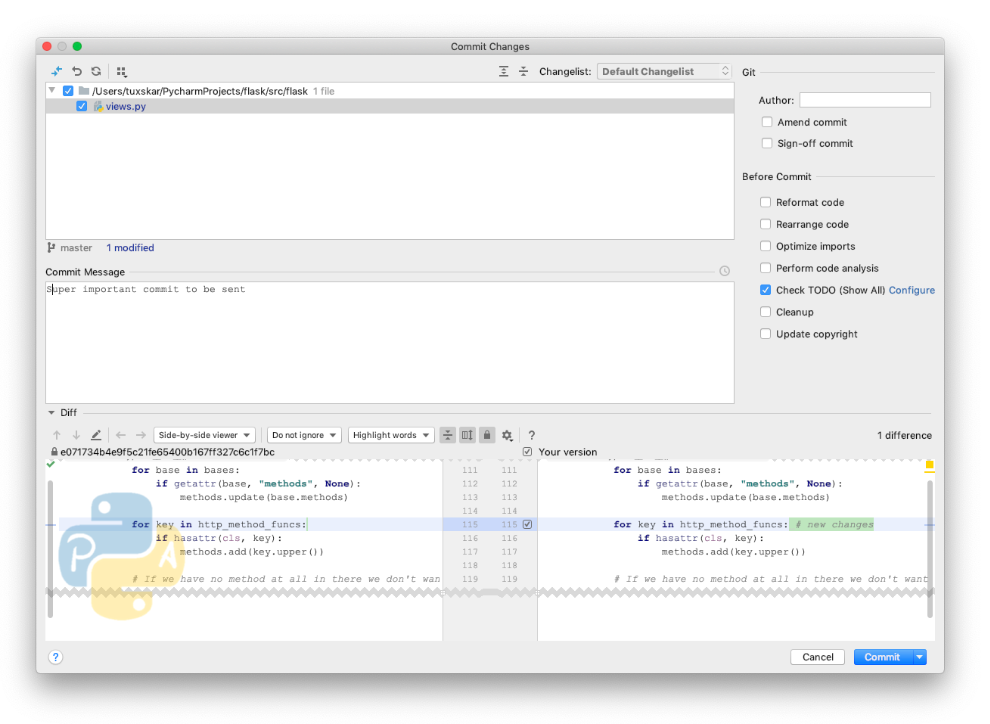

Now you can build, test, and run your application as if you were in your local machine.Ĭlick on the Finish button to save your configuration. Launch a remote shell in your remote development environment.Start a file synchronization service to keep your changes up-to-date between your local filesystem and your application pods.Deploy the development environment as described by okteto.yml into Okteto Cloud (or your personal Kubernetes cluster).The okteto up command will perform the following tasks automatically: Okteto uses this file to know what files to synchronize and which ones to skip.

Since this is the first time you launch your development environment, the okteto CLI will ask you to create the. First, open a local terminal directly in Pycharm.

Let's deploy the development environment. Deploy your Remote Development Environment Take a look at the manifest reference to learn the different configuration settings available. Run the bash when it starts, so we get a remote terminal.Forward port 8080 to the remote environment.Start a remote SSH server on port 22000.Automatically create it if it's missing.Create a development environment named guestbook.This file is telling okteto to perform the following: Autocreate : true image : okteto/python : 3 remote : 22000 forward : - 8080 : 8080 command :


 0 kommentar(er)
0 kommentar(er)
